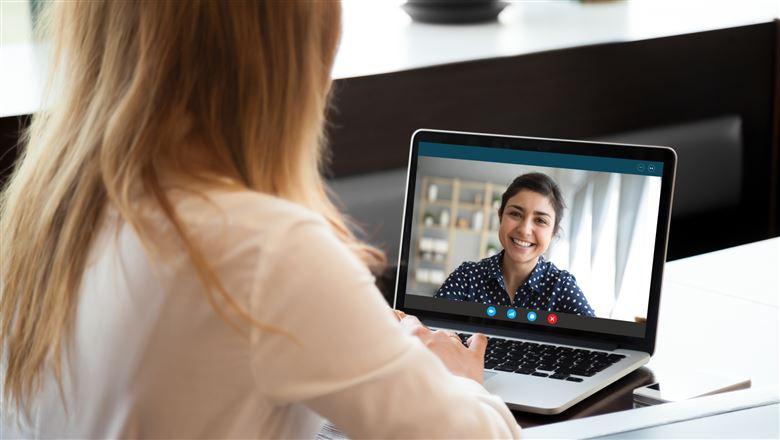Ryan Ben
Ryan Ben is director of association experience at the International Interior Design Association in Chicago.

As many of your staff and members continue to work virtually, it’s important for associations to consider how to enhance relationship-building through online mentorship programs. A look at ways to maximize virtual mentorship success for both mentors and mentees.
It’s an indisputable fact that some of the things that used to be key to workplace success—facetime at company gatherings, exchanging ideas around the water cooler, that one-on-one lunch with the boss—have faded into the background. But as we moved forward into a new era of the workplace, there was one tool for success we were determined not to give up on, both for ourselves and for our members: mentorship.
As professional membership experts, believers in lifelong mentorship, and champions of member success at the International Interior Design Association (IIDA), we looked for and created new ways to enable and even enhance mentorship relationship-building in a more digital environment. Here’s how you can do it too—whether you’re an association leader, a mentor, or a mentee.
A virtual mentoring program has the potential to reach more members than ever before. Specifically, it’s perfect for those who have not traditionally been able to get involved in a direct mentoring experience because of geography or other reasons. At IIDA, we found an increase in participation from students and professionals from international chapters and colleges who could more easily participate virtually.
A virtual mentoring program also has the possibility to meet more mentors and mentees “where they are.” Virtual mentoring can accommodate schedules and afford mentees the chance to seek out mentoring based more on their direct needs and desires, instead of being limited to a pool of mentors who happen to live nearby.
Additionally, virtual mentoring offers mentees and mentors the opportunity to expand on their knowledge and understanding of virtual tools and online communication skills, and it also presents unique opportunities for collaborating with other mentees, mentors, and industry leaders. Finally, and arguably most importantly, virtual mentorship can be a great opportunity to work on the inclusivity and equity of your programs to make sure all who want to be involved can be involved.
For those leading this charge, it’s crucial to gather some data before jumping in. Audit your existing mentoring experience to see what moments or opportunities are transferable to virtual, what can be transferred with additional tweaks, and what, if anything, may be lost in the process. To succeed, you’ll have to do more than add a Zoom link to your existing program. Keep in mind that this also is an opportunity to gather feedback on what members value most. Poll members to ensure their expectations are met when the program shifts to a virtual environment; then everyone involved can use this audit and information to transition the existing program fundamentals into the virtual realm.
In addition, this is also a chance to explore potential additional resources to help you craft a more meaningful virtual program. Websites like Chronus, Qooper, and Together Mentoring might be the additional tool your association needs to elevate the program.
At this stage, it’s also critical for mentors and mentees alike to take stock of their own desires and career plans. If you're a participant rather than a leader, it's still important to take an active role as you prepare for this process. How? No matter your involvement, before the program begins, make a list of career goals and where you see yourself in the next three to five years. Update your resume and prepare questions to ask and challenges to tackle. Mentors and mentees alike should do the same work they expect from each other—so be prepared, be educated, and be ready.
Once the existing program has been audited and preparation has been completed, there’s still work to be done to create a meaningful experience for all. Here, we share a few ways to do just that.
The benefits of virtual mentorship should be taken into consideration when building out the program. To maximize success, offer flexibility. Members who have agency over their relationships are likely to find them to be more fulfilling.
Additionally, take advantage of the resources of the virtual mentoring platform you’re using. Share presentations, include students in larger group meetings, work through a portfolio, resume, project review, and more. And, most importantly, promote online association events or programs to attend together as a way of bringing association membership into the mentoring experience.
Finally, even the most successful mentorship relationship requires the support of a vibrant community. It’s crucial to encourage members and leaders to spread the word, use social media, engage with all facets of the program, and remain in consistent communication with program organizers. And of course, be patient! Relationships aren’t formed overnight, and building an online mentorship program will require time, flexibility, communication, and teamwork.